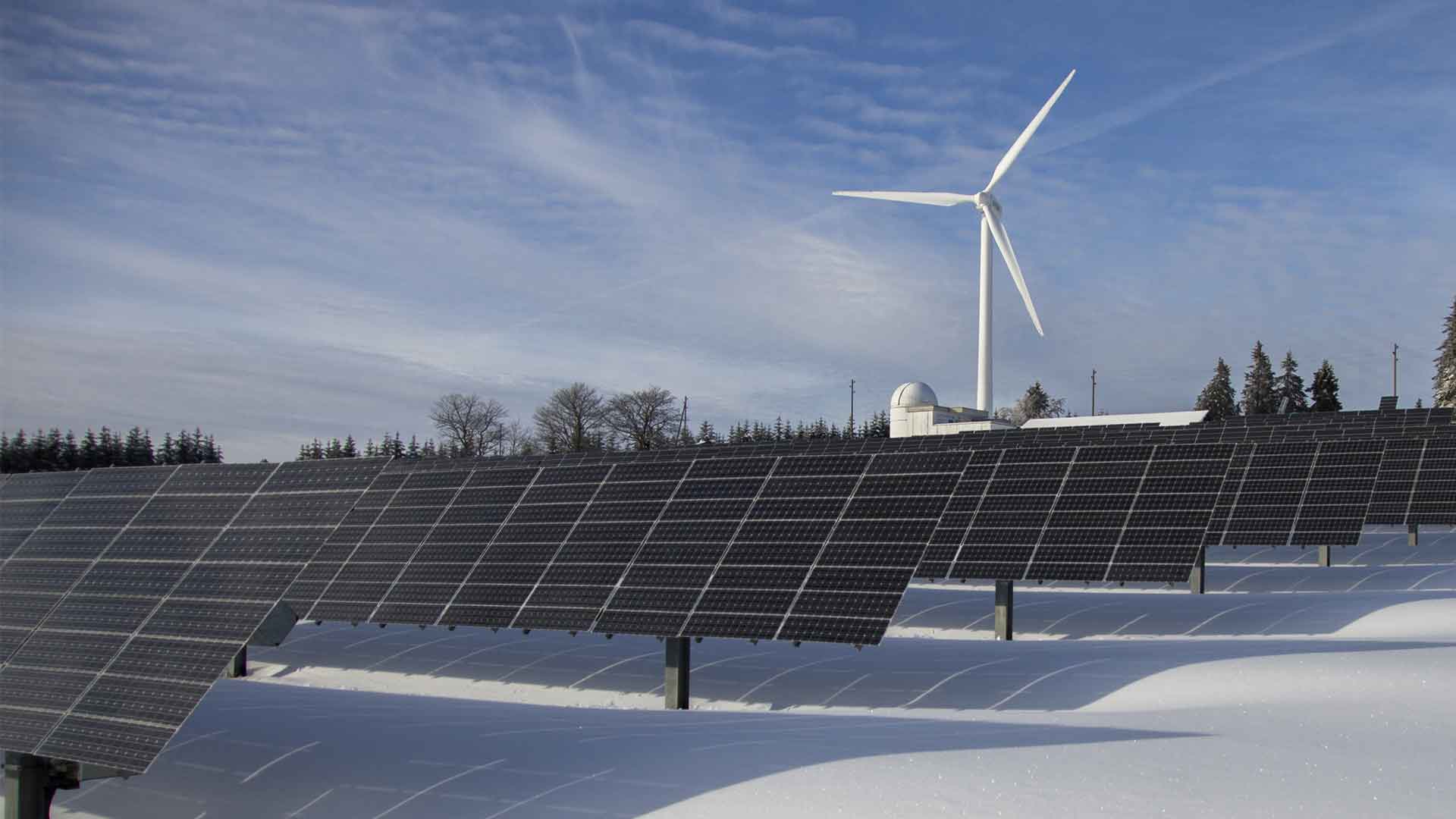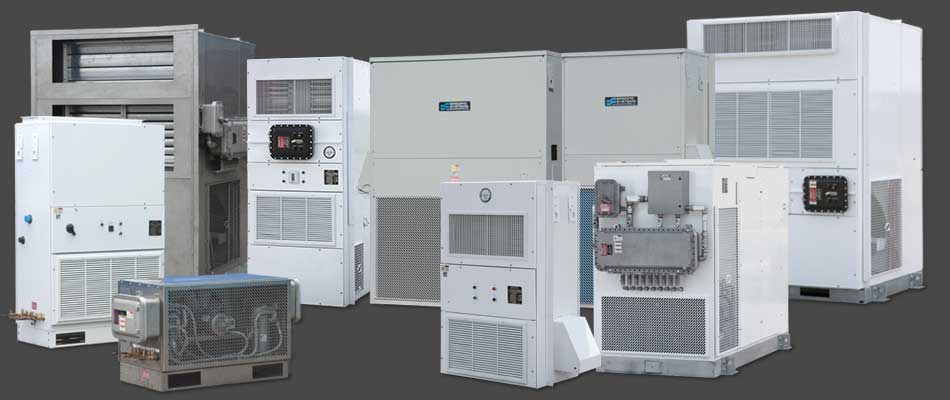Reliable Equipment Cooling for Critical Power Grid Applications
Power plants / generation facilities are in a uniquely primary position, where without their output, none of the other industries we serve would be able to function. They are critical to the infrastructure and livelihood of the regions they serve.
Inside each of these plants,
- General purpose pressurization package to maintain building pressure at 0.1” w.c. (25 pa). This helps stops general migration of outside contaminants
- R-134a for high temperature applications up to 130°F (55°C)
- Add-on filtration to improve indoor air quality
Key Features & Benefits for Cooling Power Generation Facilities

Corrosion Resistance Options
Downtime is costly - Specific Systems helps keep Your Business Running
- Two-stages of cooling allows for more precise cooling as well as a 50% refrigeration backup in the event of a leak or component failure
- Auxiliary fans available for additional airflow or to serve as a backup blower
- Lead lag controls reduce wear on mechanical components
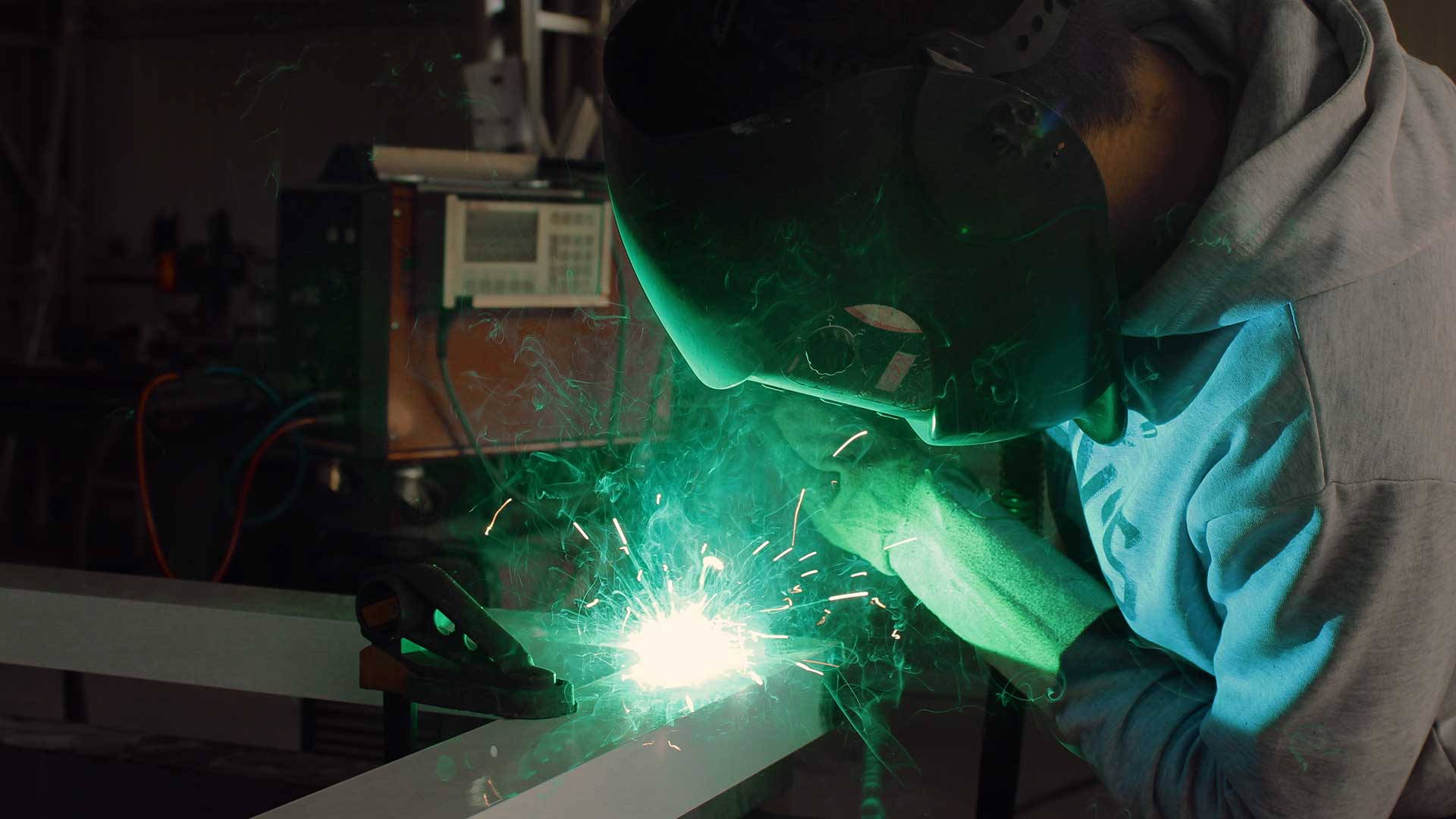
Controls Options
Providing air flow, humidity control, and high capacity cooling exactly when needed
- 16-gauge powdercoated galvanized steel or 316 stainless steel cabinets
- Corrosion resistant coil coatings (SpecificCoat, Heresite, Technicoat, or Ecoat)
- Fully-coated condenser section to protect components under constant attack from the elements
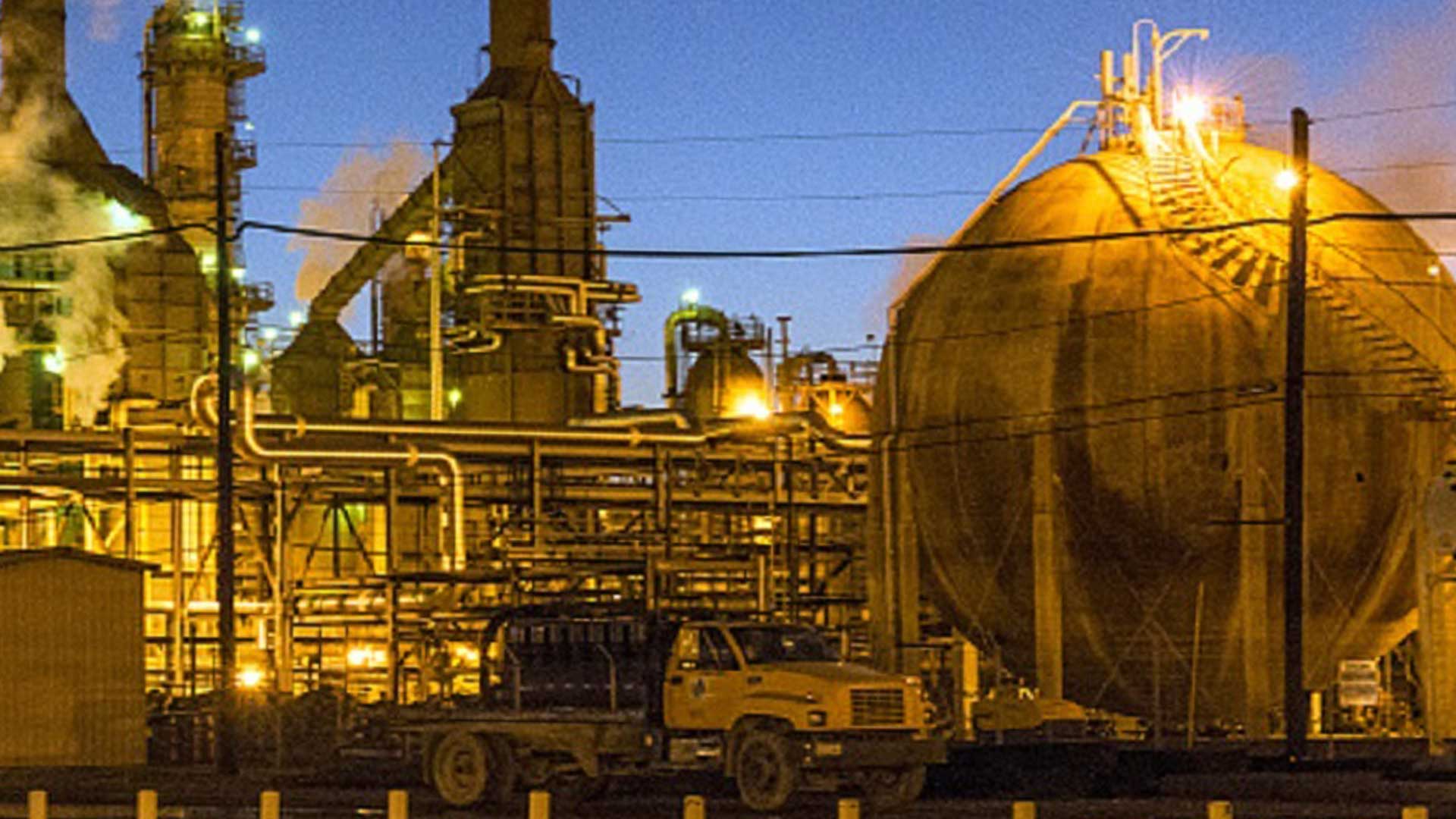
Explosion Proof Options
Third-party Certified, Made-to-Order,
Ready for Installation Systems
- All-in-one design to allow a single point of connection
- Improved maintenance and spare parts availability
- Fully CSA certified to UL 1995 (general purpose) and 1203 (hazloc) standards
- UL 508A Listed electrical panels for safety
Generating hydroelectric power creates a corrosive environment, often with high humidity.
As such, critical equipment must be chosen for reliability in the tough conditions created by tiny droplets of water in the air. HVAC systems designed for use in these environments avoid the use of dissimilar metals to reduce chances for galvanic corrosion and provide enclosures that prevent infiltration of corrosive elements into control panels.
Recommended Options
Stainless Steel Cabinet
Full stainless steel cabinets resist corrosion without the need for additional coatings that require routine maintenance.
Corrosion Resistant Coatings
Coils and other components that are exposed to air can benefit greatly from professionally applied coatings.
N+1 Redundancy
Along with our inherent 50% redundancy, critical applications need full reassurance that a process will not shut down in the event of a unit failure. Including an additional complete unit on the building will further minimize the potential for downtime, as well as help improve the life of the systems themselves through a lead-lag multiplexor that automatically rotates which units are in use.
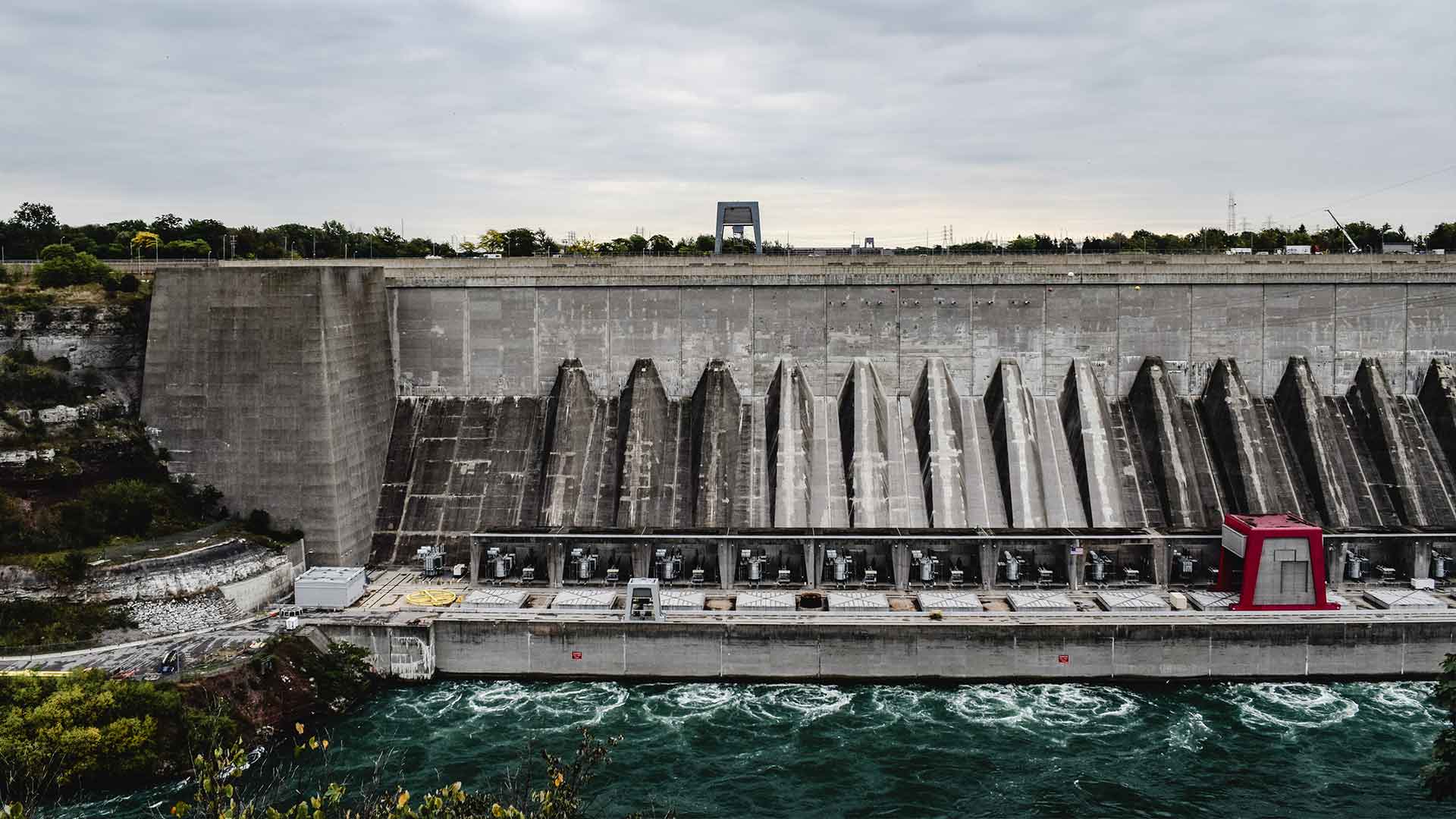
Industrial Cooling for a Potentially Hazardous Environment
To meet the specialized needs of these critical components of infrastructure, we offer pre-engineered option packages for buildings an enclosures including:
- Class 1 Division 1 Hazardous Locations
- Class 1 Divisioun 2 Hazardous Locations
- General Purpose
Features and Benefits
Explosion proof design
- Class 1 Div 2 labeled AMCA Type A spark-resistant TEAO evaporator motors
- Class 1 Div 2 labeled AMCA Type A spark-resistant TEFC condenser motors
- Optional built-in NFPA 496 compliant purge & pressurization
- Optional corrosive, toxic, and combustible gas alarms
- Standard or freestanding fresh air intake stack to help meet NFPA-496
Corrosion resistance
- 16-gauge galvanized steel with industrial powdercoat finish
- Optional corrosion resistant condenser coating
- Optional corrosion resistant coil coatings (SpecificCoat, Heresite, Technicoat or Ecoat)
Air Filtration
- Optional built-in chemical filtration system including MERV-8 pre-filter, two banks of chemical filtration media, MERV-8 final filter. (All filtration can be upgraded to MERV-11, MERV-14, or higher)
- Standard washable foam return air filter
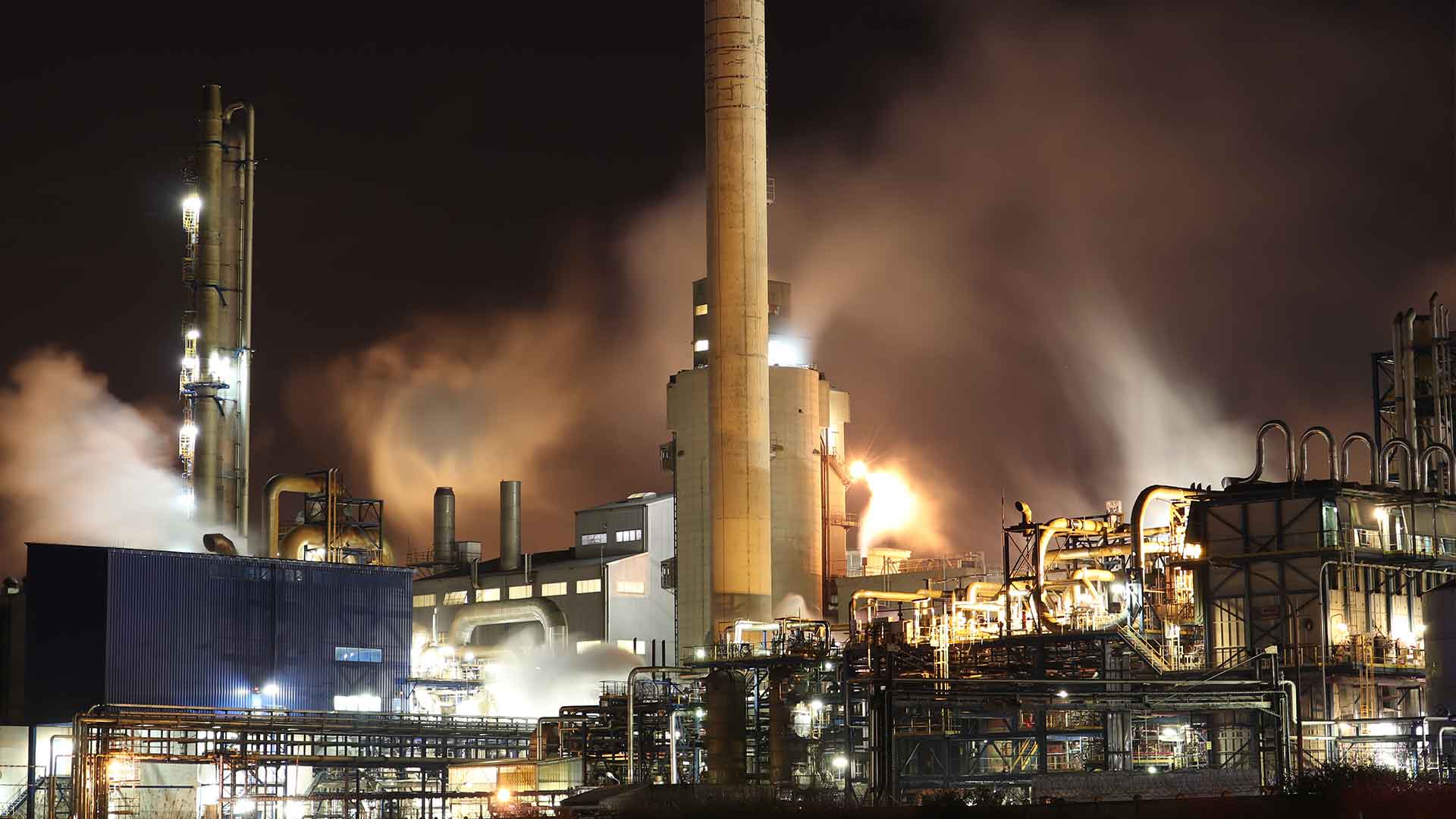
Providing cooling for high sensible load applications such as remote instrument enclosures and variable frequency drive shelters.
Renewable energy can be fed to the grid directly or stored in battery enclosures. When direct, the switchgear equipment in enclosures can generate large amounts of heat that must be dissipated. Battery containers must also be maintained at appropriate temperatures to extend the life and efficiency of the batteries.
Recommended Options
Reverse Airflow
Since a lot of switchgear is designed to draw cool air through the bottom of the equipment and exhaust it into the air above, getting cool air low in the building is critical. Our reverse airflow option helps accommodate this need.
N+1 Redundancy
Along with our inherent 50% redundancy, critical applications need full reassurance that a process will not shut down in the event of a unit failure. Including an additional complete unit on the building will further minimize the potential for downtime, as well as help improve the life of the systems themselves through a lead-lag multiplexor that automatically rotates which units are in use.
